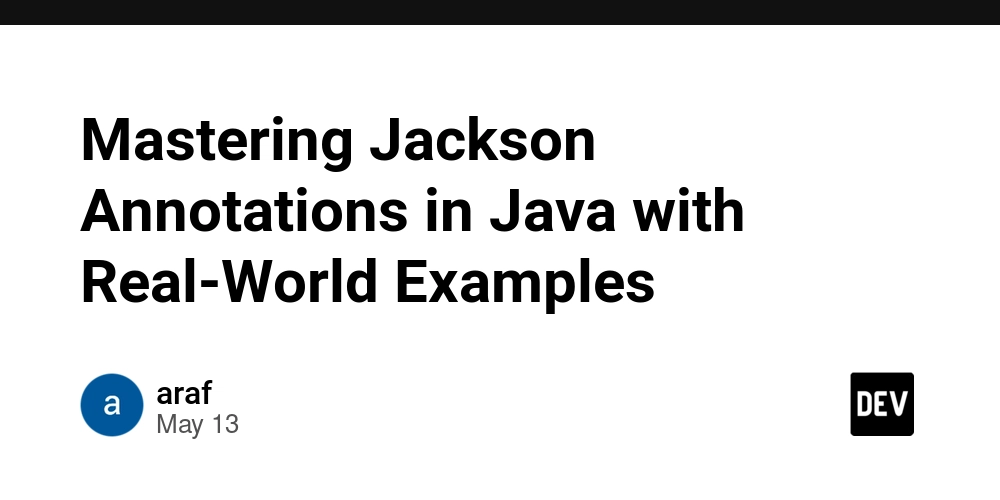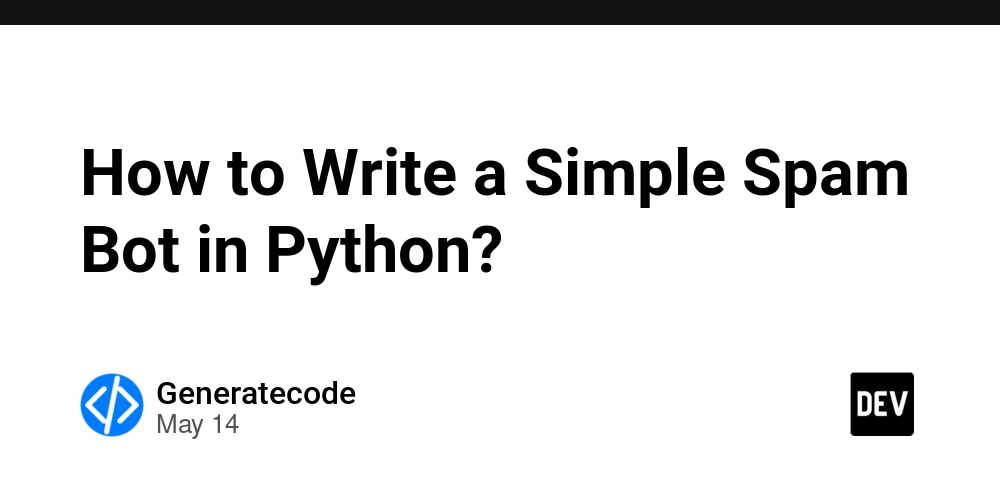VMware Fundamentals: Build Tools For Vmware Aria
Streamlining Infrastructure as Code with Build Tools for VMware Aria The relentless push towards hybrid and multi-cloud environments, coupled with the demands of modern application delivery, has fundamentally shifted the landscape of infrastructure management. Organizations are no longer satisfied with manual, repetitive processes. They need automation, repeatability, and version control for their infrastructure – the principles of Infrastructure as Code (IaC). However, adopting IaC within a VMware environment traditionally required significant scripting and integration effort. Build Tools for VMware Aria addresses this challenge directly, providing a streamlined, declarative approach to managing VMware infrastructure. This isn’t just about automation; it’s about enabling a true DevOps lifecycle for VMware, empowering teams to deliver applications faster and more reliably. VMware’s strategic focus on Aria is a testament to the importance of this shift, recognizing that infrastructure must be treated as code to support the agility required by today’s businesses. Enterprises in finance, healthcare, and manufacturing are actively leveraging these capabilities to accelerate digital transformation. What is "Build Tools For Vmware Aria"? Build Tools for VMware Aria (formerly Cloud Assembly YAML) is a service within the VMware Aria suite designed to define and deploy VMware infrastructure using YAML-based configuration files. It’s a declarative approach, meaning you specify what you want, not how to achieve it. The service translates these YAML definitions into the necessary API calls to vCenter Server, NSX, and other VMware components. Historically, managing VMware infrastructure required extensive PowerCLI scripting or integration with third-party IaC tools like Terraform. While these methods remain viable, they often demand specialized skills and can be complex to maintain. Build Tools for VMware Aria simplifies this process by providing a native, YAML-driven solution. The core components include: YAML Definition Files: These files define the desired state of your infrastructure – VMs, networks, storage, and more. Aria Automation Assembly: The underlying engine that processes the YAML and orchestrates the deployment. vCenter Adapter: Connects to your vCenter Server instances to provision resources. NSX Adapter: Connects to your NSX environment for networking configuration. Aria Automation Service Broker: Provides a catalog interface for users to request and consume infrastructure. Typical use cases include provisioning development and test environments, automating disaster recovery setups, and consistently deploying production workloads. Industries like SaaS providers and financial institutions are early adopters, benefiting from the speed and consistency it provides. Why Use "Build Tools For Vmware Aria"? Build Tools for VMware Aria solves critical pain points for infrastructure and application teams. From an infrastructure team perspective, it reduces the burden of manual provisioning and configuration, freeing up engineers to focus on strategic initiatives. SREs benefit from the increased reliability and repeatability of deployments, reducing the risk of configuration drift and human error. DevOps teams gain a self-service infrastructure provisioning capability, enabling faster application delivery cycles. A CISO appreciates the improved security posture through consistent configuration and the ability to enforce policies as code. Consider a financial services firm needing to rapidly provision secure, compliant environments for new trading applications. Previously, this involved weeks of manual configuration and coordination between multiple teams. With Build Tools for VMware Aria, they can define the environment in YAML, including security policies, network segmentation, and storage requirements. A single deployment command then provisions the entire environment in hours, significantly accelerating time to market and reducing risk. Another example is a healthcare provider needing to quickly scale up testing environments to validate new software releases while maintaining strict HIPAA compliance. The declarative nature of the YAML definitions ensures consistent configuration across all environments, simplifying auditing and compliance efforts. Key Features and Capabilities Declarative Configuration: Define infrastructure as code using YAML, focusing on the desired state rather than procedural steps. Use Case: Automate the creation of a three-tier web application environment. Version Control Integration: Store YAML files in Git repositories for versioning, collaboration, and auditability. Use Case: Track changes to infrastructure configurations and roll back to previous versions if needed. Parameterization: Use variables and parameters to create reusable templates and customize deployments. Use Case: Deploy multiple environment

Streamlining Infrastructure as Code with Build Tools for VMware Aria
The relentless push towards hybrid and multi-cloud environments, coupled with the demands of modern application delivery, has fundamentally shifted the landscape of infrastructure management. Organizations are no longer satisfied with manual, repetitive processes. They need automation, repeatability, and version control for their infrastructure – the principles of Infrastructure as Code (IaC). However, adopting IaC within a VMware environment traditionally required significant scripting and integration effort. Build Tools for VMware Aria addresses this challenge directly, providing a streamlined, declarative approach to managing VMware infrastructure. This isn’t just about automation; it’s about enabling a true DevOps lifecycle for VMware, empowering teams to deliver applications faster and more reliably. VMware’s strategic focus on Aria is a testament to the importance of this shift, recognizing that infrastructure must be treated as code to support the agility required by today’s businesses. Enterprises in finance, healthcare, and manufacturing are actively leveraging these capabilities to accelerate digital transformation.
What is "Build Tools For Vmware Aria"?
Build Tools for VMware Aria (formerly Cloud Assembly YAML) is a service within the VMware Aria suite designed to define and deploy VMware infrastructure using YAML-based configuration files. It’s a declarative approach, meaning you specify what you want, not how to achieve it. The service translates these YAML definitions into the necessary API calls to vCenter Server, NSX, and other VMware components.
Historically, managing VMware infrastructure required extensive PowerCLI scripting or integration with third-party IaC tools like Terraform. While these methods remain viable, they often demand specialized skills and can be complex to maintain. Build Tools for VMware Aria simplifies this process by providing a native, YAML-driven solution.
The core components include:
- YAML Definition Files: These files define the desired state of your infrastructure – VMs, networks, storage, and more.
- Aria Automation Assembly: The underlying engine that processes the YAML and orchestrates the deployment.
- vCenter Adapter: Connects to your vCenter Server instances to provision resources.
- NSX Adapter: Connects to your NSX environment for networking configuration.
- Aria Automation Service Broker: Provides a catalog interface for users to request and consume infrastructure.
Typical use cases include provisioning development and test environments, automating disaster recovery setups, and consistently deploying production workloads. Industries like SaaS providers and financial institutions are early adopters, benefiting from the speed and consistency it provides.
Why Use "Build Tools For Vmware Aria"?
Build Tools for VMware Aria solves critical pain points for infrastructure and application teams.
From an infrastructure team perspective, it reduces the burden of manual provisioning and configuration, freeing up engineers to focus on strategic initiatives.
SREs benefit from the increased reliability and repeatability of deployments, reducing the risk of configuration drift and human error.
DevOps teams gain a self-service infrastructure provisioning capability, enabling faster application delivery cycles.
A CISO appreciates the improved security posture through consistent configuration and the ability to enforce policies as code.
Consider a financial services firm needing to rapidly provision secure, compliant environments for new trading applications. Previously, this involved weeks of manual configuration and coordination between multiple teams. With Build Tools for VMware Aria, they can define the environment in YAML, including security policies, network segmentation, and storage requirements. A single deployment command then provisions the entire environment in hours, significantly accelerating time to market and reducing risk. Another example is a healthcare provider needing to quickly scale up testing environments to validate new software releases while maintaining strict HIPAA compliance. The declarative nature of the YAML definitions ensures consistent configuration across all environments, simplifying auditing and compliance efforts.
Key Features and Capabilities
- Declarative Configuration: Define infrastructure as code using YAML, focusing on the desired state rather than procedural steps. Use Case: Automate the creation of a three-tier web application environment.
- Version Control Integration: Store YAML files in Git repositories for versioning, collaboration, and auditability. Use Case: Track changes to infrastructure configurations and roll back to previous versions if needed.
- Parameterization: Use variables and parameters to create reusable templates and customize deployments. Use Case: Deploy multiple environments (dev, test, prod) from a single YAML template by changing parameters like VM size and storage capacity.
- Resource Pooling: Define resource pools to control the allocation of compute, storage, and network resources. Use Case: Ensure that development environments have access to sufficient resources without impacting production workloads.
- Networking Automation: Automate the configuration of virtual networks, subnets, and security groups using NSX integration. Use Case: Create isolated networks for different applications or teams.
- Storage Automation: Automate the provisioning of virtual disks and storage policies using vSAN or other VMware storage solutions. Use Case: Dynamically allocate storage based on application requirements.
- Policy-Based Governance: Enforce policies and constraints on infrastructure deployments to ensure compliance and security. Use Case: Prevent the creation of VMs with insecure configurations.
- Custom Resource Definitions (CRDs): Extend the functionality of Build Tools for VMware Aria by defining custom resources tailored to specific application requirements. Use Case: Automate the deployment of complex application stacks with specific dependencies.
- Event-Driven Automation: Trigger infrastructure deployments based on events from other systems, such as code commits or CI/CD pipelines. Use Case: Automatically provision a new environment when a new version of an application is deployed.
- Blueprint Support: Leverage pre-built blueprints for common infrastructure patterns, accelerating deployment and reducing complexity. Use Case: Quickly deploy a standard database server environment.
Enterprise Use Cases
Financial Services – High-Frequency Trading Platform: A global investment bank needed to rapidly provision and deprovision environments for high-frequency trading algorithms. Setup: They created YAML definitions for each environment, including specific VM configurations, network settings, and security policies. These definitions were integrated with their CI/CD pipeline. Outcome: They reduced environment provisioning time from days to minutes, enabling faster iteration and deployment of new trading strategies. Benefits: Increased revenue, reduced risk, and improved agility.
Healthcare – HIPAA-Compliant Development Environments: A healthcare provider required secure, HIPAA-compliant environments for developing and testing new applications. Setup: They defined YAML templates that enforced strict security controls, including encryption, access restrictions, and audit logging. Outcome: They automated the creation of compliant environments, reducing the risk of data breaches and simplifying compliance audits. Benefits: Improved security, reduced compliance costs, and faster application delivery.
Manufacturing – Factory Automation Testbeds: A manufacturing company needed to create isolated testbeds for validating new factory automation systems. Setup: They used Build Tools for VMware Aria to provision virtual networks and VMs that mirrored their production factory floor environment. Outcome: They were able to safely test new automation systems without disrupting production operations. Benefits: Reduced downtime, improved quality, and faster innovation.
SaaS Provider – Multi-Tenant Environment Management: A SaaS provider needed to efficiently manage a large, multi-tenant environment. Setup: They used parameterization and resource pooling to create reusable YAML templates for each tenant. Outcome: They automated the provisioning and scaling of tenant environments, reducing operational costs and improving customer satisfaction. Benefits: Increased scalability, reduced costs, and improved customer experience.
Government – Secure Enclave Provisioning: A government agency required highly secure enclaves for processing sensitive data. Setup: They defined YAML templates that enforced strict security controls, including network isolation, data encryption, and access restrictions. Outcome: They automated the creation of secure enclaves, reducing the risk of data breaches and ensuring compliance with government regulations. Benefits: Improved security, reduced risk, and enhanced compliance.
Retail – Seasonal Demand Scaling: A large retailer needed to quickly scale up their infrastructure to handle peak demand during the holiday season. Setup: They created YAML definitions for their application tiers and integrated them with their monitoring system. Outcome: They automated the scaling of their infrastructure based on real-time demand, ensuring a seamless customer experience. Benefits: Improved performance, reduced costs, and increased revenue.
Architecture and System Integration
graph LR
A[Developer/Operator] --> B(Git Repository - YAML Files);
B --> C{Build Tools for VMware Aria};
C --> D[vCenter Server];
C --> E[NSX-T Data Center];
C --> F[vSAN/Storage];
C --> G[Aria Automation Service Broker];
D --> H(VMware Infrastructure);
E --> H;
F --> H;
H --> I[Applications];
C --> J[VMware Aria Operations];
J --> H;
C --> K[Identity Provider (e.g., Okta, Azure AD)];
K --> C;
style C fill:#f9f,stroke:#333,stroke-width:2px
This diagram illustrates the core integration points. YAML files are stored in a Git repository, providing version control. Build Tools for VMware Aria processes these files and interacts with vCenter Server, NSX-T, and vSAN to provision and configure infrastructure. The Aria Automation Service Broker provides a self-service portal for users. VMware Aria Operations provides monitoring and performance analysis. Integration with an Identity Provider (IdP) enables secure access control. Network flow is managed by NSX-T, ensuring isolation and security. Logging and auditing are handled by vCenter Server and Aria Operations. Policy controls are enforced by Build Tools for VMware Aria and NSX-T.
Hands-On Tutorial
This example demonstrates deploying a simple VM using Build Tools for VMware Aria and the VMware CLI.
Prerequisites:
- Access to a VMware Aria environment with Build Tools enabled.
- VMware Aria CLI installed and configured.
- vCenter Server accessible from the Aria environment.
Step 1: Create a YAML definition file (vm.yaml):
---
name: my-test-vm
resource_pool: /Datacenter/VMs/Pool
datastore: /Datacenter/Datastores/datastore1
template: /Datacenter/Templates/ubuntu-template
cpus: 2
memory_mb: 4096
network:
- name: VM Network
Step 2: Deploy the VM using the VMware Aria CLI:
vmware-aria-automation deployment create -f vm.yaml -n my-deployment
Step 3: Verify the deployment:
vmware-aria-automation deployment list
This will show the status of the deployment. Once complete, you can verify the VM in vCenter Server.
Step 4: Tear down the deployment:
vmware-aria-automation deployment delete my-deployment -y
Pricing and Licensing
Build Tools for VMware Aria is typically licensed as part of the VMware Aria Suite. Pricing is based on a subscription model, often tied to the number of CPU cores managed. A realistic sample cost for a small environment (50 CPU cores) could range from $5,000 to $10,000 per year.
Cost-saving tips:
- Right-size your infrastructure to avoid over-provisioning.
- Leverage resource pooling to optimize resource utilization.
- Automate the decommissioning of unused resources.
- Consider a phased rollout to minimize upfront costs.
Security and Compliance
Securing Build Tools for VMware Aria involves several key considerations:
- RBAC: Implement Role-Based Access Control to restrict access to sensitive resources. For example, grant developers permission to deploy VMs but not to modify network policies.
- Network Segmentation: Use NSX-T to segment your network and isolate environments.
- Data Encryption: Enable encryption for data at rest and in transit.
- Audit Logging: Enable audit logging to track all changes to infrastructure configurations.
- Policy Enforcement: Use policy-based governance to enforce security standards.
Compliance capabilities include support for ISO 27001, SOC 2, PCI DSS, and HIPAA, depending on the configuration and implementation.
Integrations
- VMware vCenter Server: Core integration for VM provisioning and management. Architecture: Build Tools for VMware Aria directly interacts with the vCenter Server API.
- VMware NSX-T Data Center: Enables network automation and security. Use Case: Automate the creation of micro-segmented networks for applications.
- VMware Aria Operations: Provides monitoring, performance analysis, and capacity planning. Architecture: Build Tools for VMware Aria sends events and metrics to Aria Operations.
- VMware vSAN: Automates storage provisioning and management. Use Case: Dynamically allocate storage based on application requirements.
- VMware Tanzu: Integrates with Tanzu for application deployment and management. Architecture: Build Tools for VMware Aria can provision infrastructure for Tanzu Kubernetes clusters.
- VMware Aria Automation Service Broker: Provides a self-service catalog for infrastructure requests. Use Case: Allow developers to request pre-approved infrastructure templates.
Alternatives and Comparisons
| Feature | Build Tools for VMware Aria | Terraform | AWS CloudFormation |
|---|---|---|---|
| Native VMware Integration | Excellent | Requires Providers | Limited |
| Declarative Configuration | Yes | Yes | Yes |
| Ease of Use (VMware Focus) | High | Moderate | Moderate |
| Multi-Cloud Support | Limited | Excellent | Excellent |
| Cost | Subscription-based | Open Source (Infrastructure Costs) | Pay-as-you-go |
When to choose Build Tools for VMware Aria: If your primary focus is VMware infrastructure and you want a streamlined, native solution.
When to choose Terraform: If you need multi-cloud support and are comfortable with a more complex configuration language.
When to choose AWS CloudFormation: If your infrastructure is primarily hosted on AWS.
Common Pitfalls
- Ignoring Version Control: Failing to store YAML files in a Git repository. Fix: Always use version control for all infrastructure code.
- Hardcoding Values: Embedding sensitive information or environment-specific values directly in YAML files. Fix: Use parameters and secrets management tools.
- Lack of Testing: Deploying changes to production without thorough testing. Fix: Implement a CI/CD pipeline with automated testing.
- Insufficient RBAC: Granting excessive permissions to users. Fix: Implement the principle of least privilege.
- Ignoring Logging and Monitoring: Not monitoring deployments and infrastructure health. Fix: Integrate with VMware Aria Operations or other monitoring tools.
Pros and Cons
Pros:
- Simplified VMware infrastructure automation.
- Declarative configuration.
- Version control integration.
- Improved consistency and repeatability.
- Faster time to market.
Cons:
- Limited multi-cloud support.
- Requires a VMware Aria subscription.
- Learning curve for YAML syntax.
- Dependency on VMware ecosystem.
Best Practices
- Security: Implement RBAC, network segmentation, and data encryption.
- Backup: Regularly back up YAML files and infrastructure configurations.
- DR: Automate disaster recovery procedures using Build Tools for VMware Aria.
- Automation: Integrate with CI/CD pipelines for automated deployments.
- Logging: Enable comprehensive logging and auditing.
- Monitoring: Use VMware Aria Operations or other monitoring tools to track infrastructure health and performance.
Conclusion
Build Tools for VMware Aria represents a significant step forward in simplifying Infrastructure as Code for VMware environments. For infrastructure leads, it offers a path to greater automation and efficiency. For architects, it provides a standardized approach to infrastructure provisioning. And for DevOps teams, it unlocks faster application delivery cycles.
To explore further, consider a Proof of Concept (PoC) to evaluate the service in your environment. Leverage the available documentation and connect with the VMware team to discuss your specific requirements. The future of VMware infrastructure is code, and Build Tools for VMware Aria is a key enabler of that future.














































































































































































![[The AI Show Episode 154]: AI Answers: The Future of AI Agents at Work, Building an AI Roadmap, Choosing the Right Tools, & Responsible AI Use](https://www.marketingaiinstitute.com/hubfs/ep%20154%20cover.png)
![[The AI Show Episode 153]: OpenAI Releases o3-Pro, Disney Sues Midjourney, Altman: “Gentle Singularity” Is Here, AI and Jobs & News Sites Getting Crushed by AI Search](https://www.marketingaiinstitute.com/hubfs/ep%20153%20cover.png)


























































































































![From Therapist to six figure freelance dev [Podcast #176]](https://cdn.hashnode.com/res/hashnode/image/upload/v1750249813414/8cb0019f-db6d-48af-9d20-d0ea3a4040b5.png?#)

















































.png?width=1920&height=1920&fit=bounds&quality=70&format=jpg&auto=webp#)



















![GrandChase tier list of the best characters available [June 2025]](https://media.pocketgamer.com/artwork/na-33057-1637756796/grandchase-ios-android-3rd-anniversary.jpg?#)



































































_Frank_Peters_Alamy.jpg?width=1280&auto=webp&quality=80&disable=upscale#)

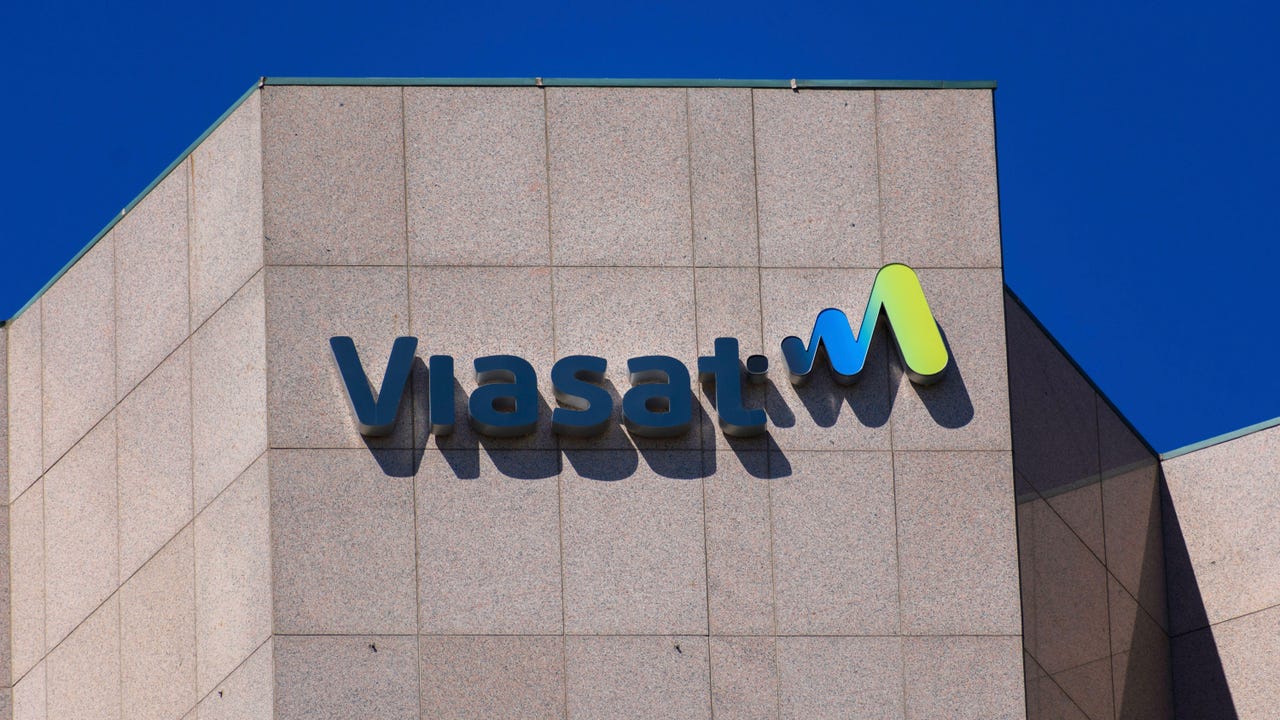








































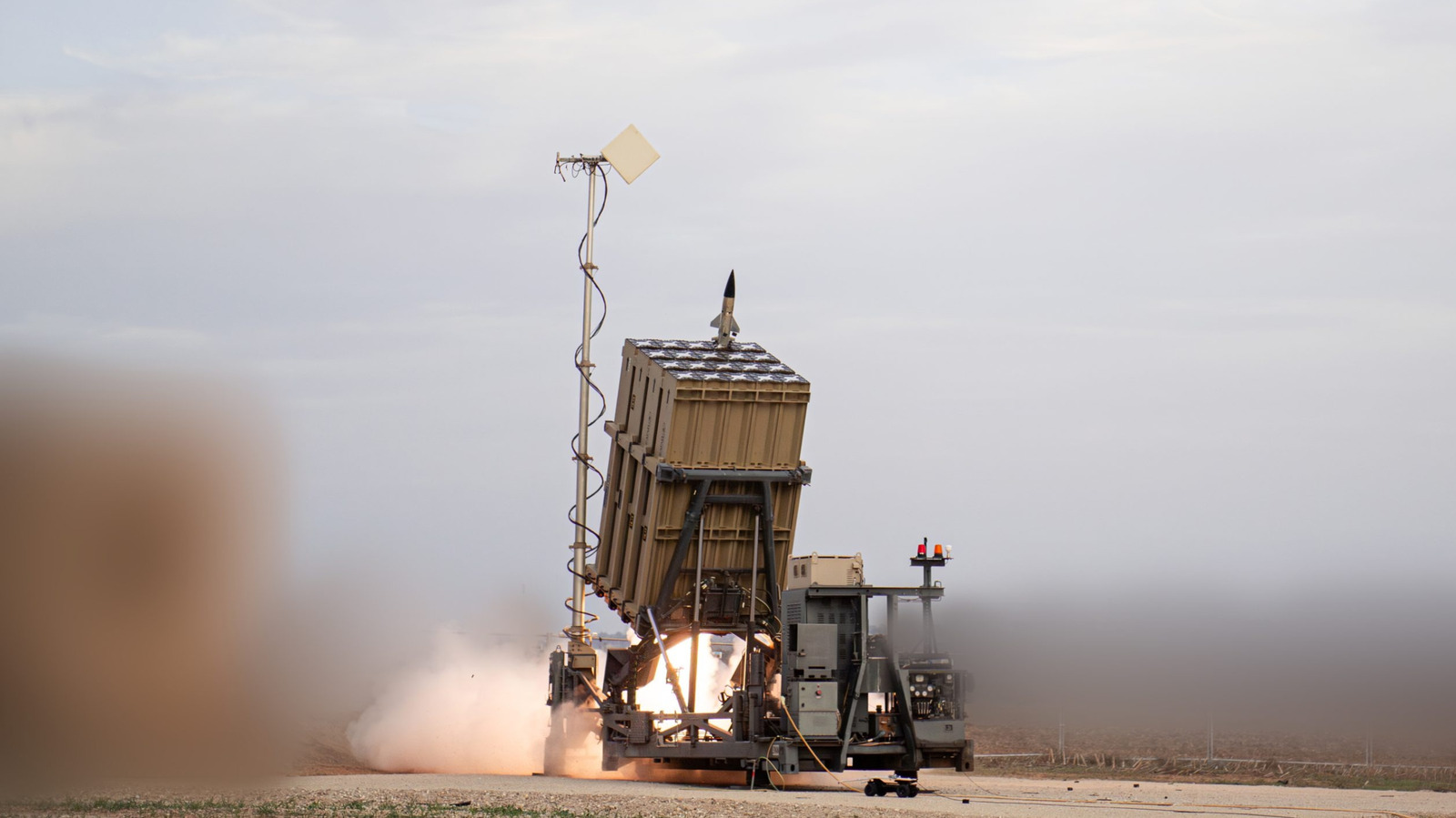










































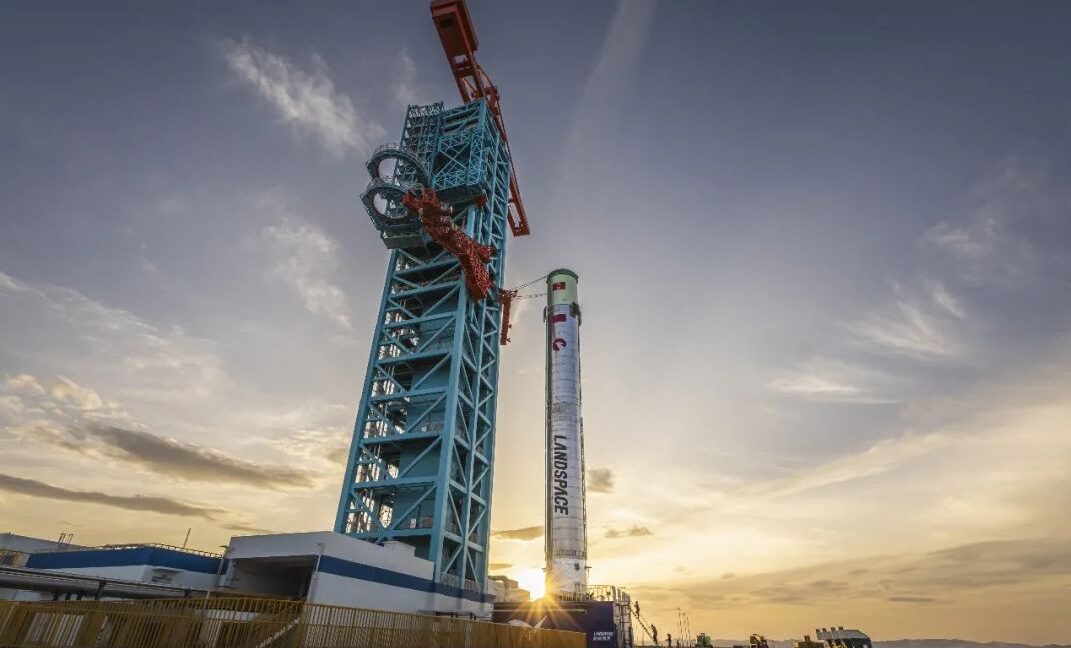












![Apple tells students ‘how to convince your parents to get you a Mac’ [Video]](https://i0.wp.com/9to5mac.com/wp-content/uploads/sites/6/2025/06/screenshot-2025-06-20-at-09.14.21.jpg?resize=1200%2C628&quality=82&strip=all&ssl=1)



![Nothing Headphone (1) leak allegedly shows their unique, translucent design [Gallery]](https://i0.wp.com/9to5google.com/wp-content/uploads/sites/4/2025/06/Nothing-Headphone-1-cropped.jpg?resize=1200%2C628&quality=82&strip=all&ssl=1)














![Oakley and Meta Launch Smart Glasses for Athletes With AI, 3K Camera, More [Video]](https://www.iclarified.com/images/news/97665/97665/97665-640.jpg)

![How to Get Your Parents to Buy You a Mac, According to Apple [Video]](https://www.iclarified.com/images/news/97671/97671/97671-640.jpg)
![Foxconn to Build New iPhone Enclosure Factory in India With $250M Investment [Report]](https://www.iclarified.com/images/news/97673/97673/97673-640.jpg)



















![New accessibility settings announced for Steam Big Picture Mode and SteamOS [Beta]](https://www.ghacks.net/wp-content/uploads/2025/06/New-accessibility-settings-announced-for-Steam-Big-Picture-Mode-and-SteamOS.jpg)













































